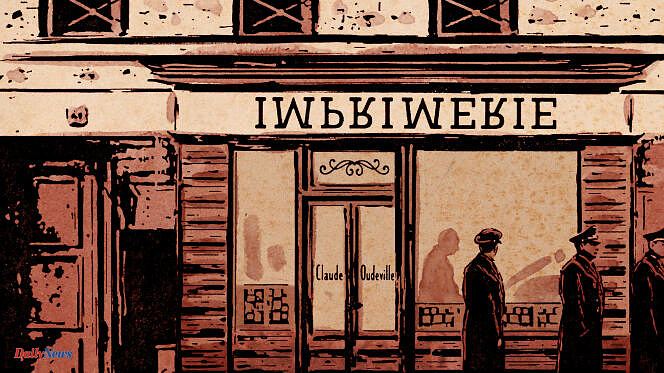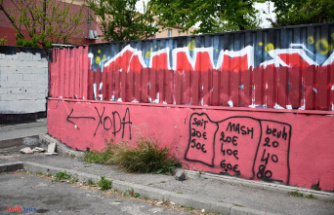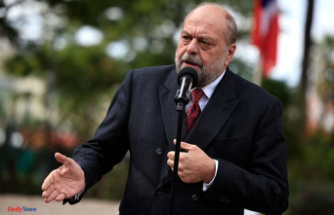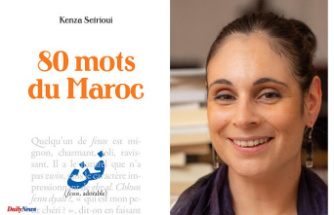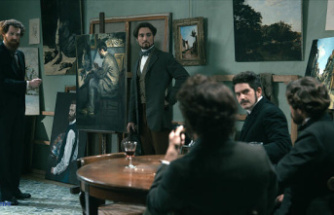In times of war, when your country is occupied by enemy troops, creating a publishing house is an act of intellectual resistance that is both personally risky and technically complicated.
The beginnings of Editions de Minuit, a house founded clandestinely in 1941 by the designer Jean Bruller, better known under the pseudonym Vercors (1902-1991), and the writer, journalist and editor Pierre de Lescure (1891-1963), constitute, in fact, an extraordinary adventure that this documentary recounts in detail.
Printing, stitching and distributing require courage, tenacity and luck. All these steps, carried out in an occupied Paris in defiance of danger, allowed the birth, in February 1942 and after eight weeks of production, of a 96-page work, written by Bruller and entitled The Silence of the Sea.
Close monitoring
Through the intellectual relationship between Bruller and Lescure, which began in 1926, Nadine Lermite traces an extraordinary human adventure. That of two very different men but united by the same moral conscience and the same hatred of fascist regimes.
Using filmed archives, elegant illustrations by Thierry Murat and extracts from the famous film The Silence of the Sea, by Jean-Pierre Melville, released in 1949, the director also paints a picture of a literary milieu prey to close surveillance by German authorities.
From the summer of 1940, the “Bernhard list”, established by the occupation authorities, designated undesirable works. André Malraux, Louis Aragon, Jacques Decour, Elsa Triolet are among them. In October 1940, the “Otto List” would reinforce this censorship. Faced with this situation, we must act.
Manuscripts seized
In 1941, Pierre de Lescure was entrusted with responsibility for an issue of La Pensée libre, the first clandestine publication which was intended to be the manifesto of writers in the occupied zone. He suggested that Bruller write a text.
In his house in Villiers-sur-Morin (Seine-et-Marne), about forty kilometers from Paris, Bruller will be inspired by a German officer whom he meets every day on his way to work in carpentry and greetings. courteous to which he never responds. In a few weeks, he wrote The Silence of the Sea, featuring an old uncle and his niece who refuse to speak to a cultured and very friendly German officer who has taken over the house.
The text was to appear in issue 3 of La Pensée libre, an issue which will never see the light of day. The Gestapo raided the printing works, arrested printers and typographers, seized all the manuscripts. Luckily the only one missing is Bruller's, not here yet!
A “safe” printer
From there, the adventure of Editions de Minuit begins. Search for a “safe” printer, delegation of tasks, taking risks. Between December 1941 and January 1942, the trusted printer printed The Silence of the Sea: 350 copies in all.
You then have to staple the sheets in a friend's apartment located near the Trocadéro. Three women on bicycles risk their lives carrying the leaflets through the streets of Paris. The legend of Silence is on the rise. A copy even reached the hands of General de Gaulle in London. It was not until August 1944 that the world of letters discovered the identity of the author, propelled into the literary world.

